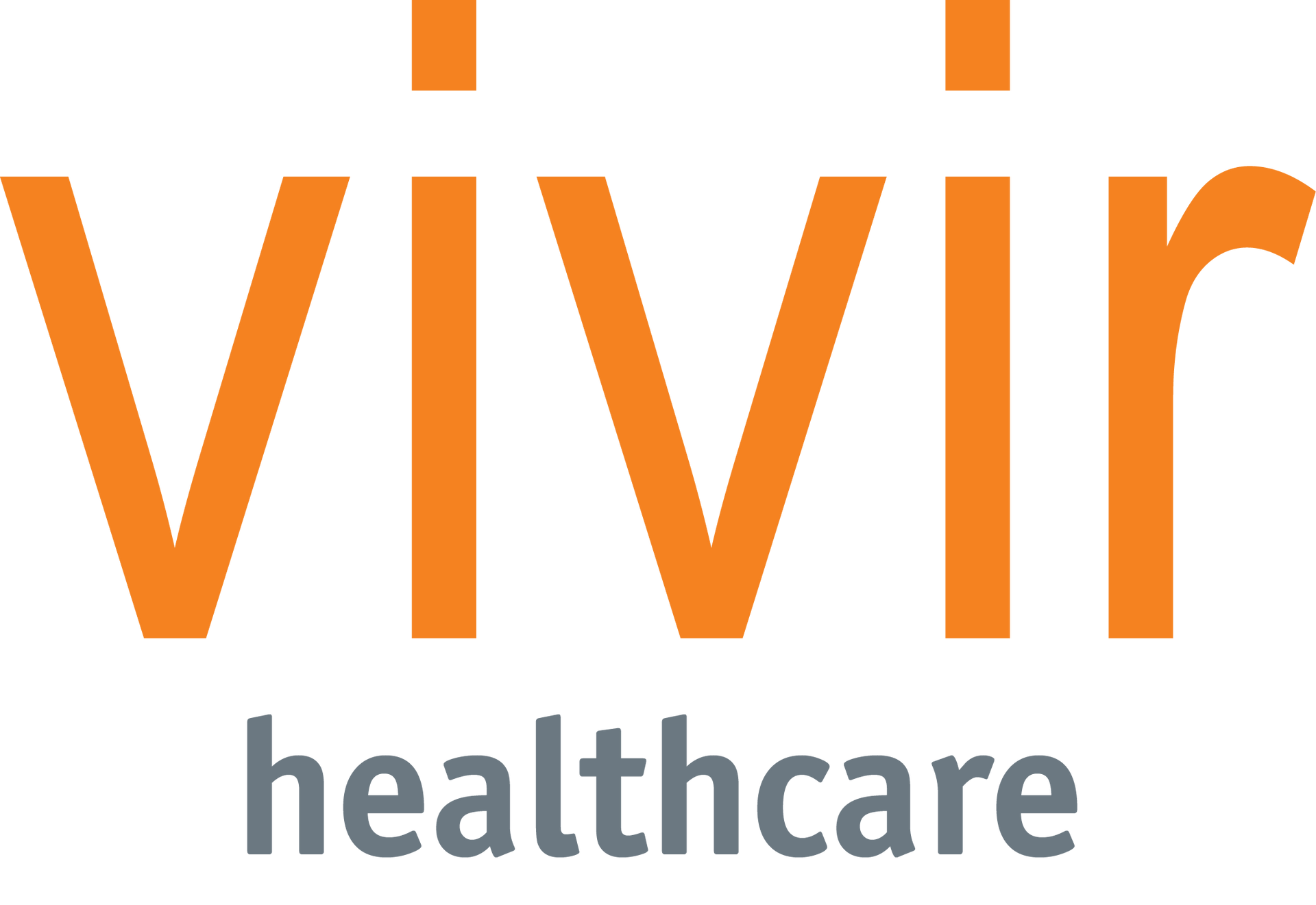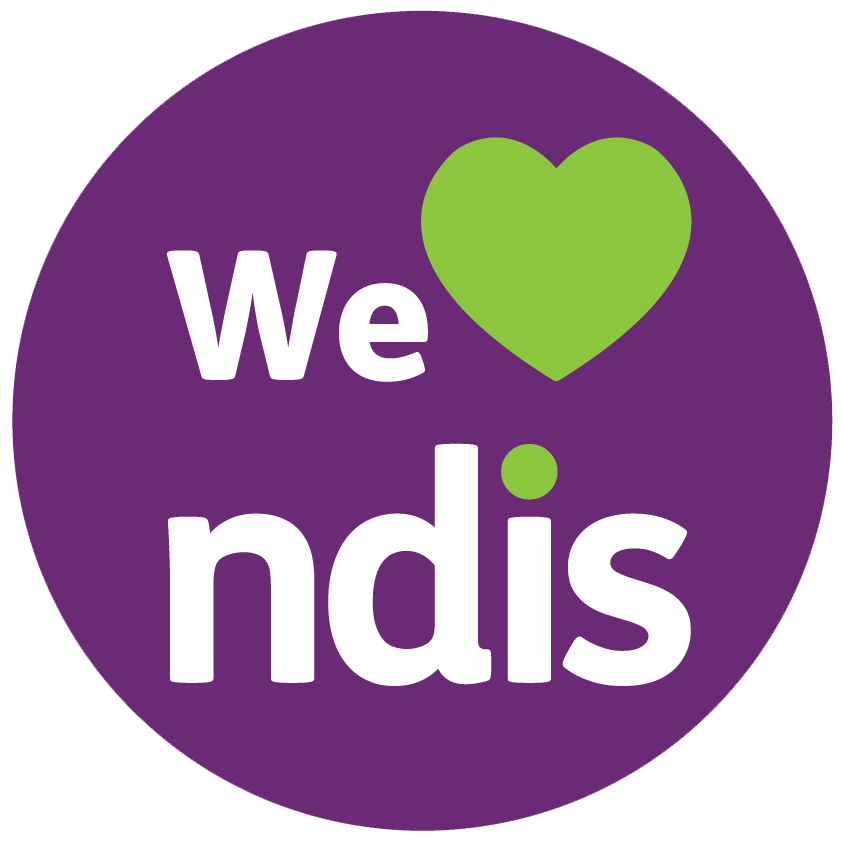A Business Case for Wellness: A snapshot of Vivir’s wellness services
Following the recommendations put forward in the 2017 Legislated Review of Aged Care, providers across Australia have been busy embedding wellness and reablement into their organisations.
With an array of new practice models and many pilots underway, the application of wellness and reablement into current practice is inconsistent. As a result, older Australians may miss out on this support in residential aged care.
What needs to change?
Currently, many residents receive government funded allied health services which have specific directives for the treatment of pain. However, each resident needs to be viewed as an individual and often they have other functional needs.
A
wellness approach to allied health service delivery, encompasses a multitude of interventions. Each intervention is tailored towards the strengths and goals of the individual. The focus is not only to be free from illness but to pave a pathway towards a better quality of life. A wellness approach supports the active participation in activities the person finds meaningful and fulfilling.
Reablement services within a wellness approach, enables people to regain the skills, function and mobility needed to participate in meaningful activities, after a deterioration in health. Services are goal-oriented and time limited. To ensure the philosophy of wellness is upheld, services are multidisciplinary and holistic in nature, delivered in a flexible and individualised way.
It’s clear that the focus on wellness and building an individual’s capacity has a different focus than the current government funded allied health pain programs. There is a growing body of evidence showing that embedding wellness and reablement will produce more favourable outcomes for older Australians and for providers who invest in organisational change.
The business case for wellness:
The International Council on Active Aging (ICAA) released a 2018 white paper, that highlights how embedding wellness, enables facilities to realise a return on investment, through the following objectives:
- Offer a point of difference
- Improve occupancy rates
- Generate revenue as an additional service stream
- Reduce falls and incident reporting
- Reduced impact on staffing
- Enhance resident and family satisfaction
Vivir’s wellness services
Penny Ralph, physiotherapist and clinical team leader, has led the way in conducting our evidence-based wellness services, demonstrating the difference we make to the lives of residents.
Residents participated in the following groups for six weeks:
- Reablement: enabling a person to regain the function for meaningful activities
- Active Aging: optimisation of a person’s physical and mental health and well-being
Both groups had a combination of interventions incorporating group exercise for social inclusion, individualised progressive strength and balance exercises and weekly educational discussions.
Exercise therapy was adapted from the Otago exercise program, an evidence-based program which includes the components required for falls prevention. Vivir allied health therapists ensured that exercises reflected goals set by the resident, family members and care staff.
Outcomes and results
Residents in the Reablement and Active Aging groups achieved improved outcomes in terms of strength, falls rates and quality of life.
Resident average monthly fall rates were reduced by 45% after 6 weeks which has a flow-on effect to reducing incident reporting, monetary costs of incidents and the impact on staffing.
Complementing this result, is the improvements in lower extremity strength, demonstrated through the modified 30 second sit to stand; a test which is an excellent predictor of falls. The average functional lower extremity strength of residents more than doubled (124.04%) after 6 weeks.
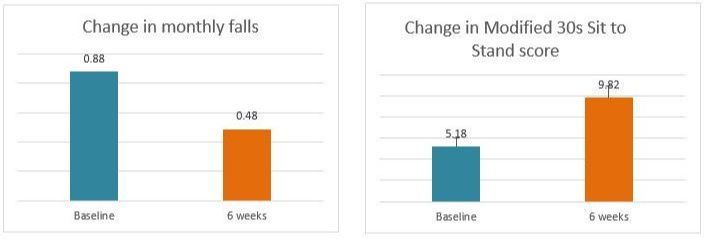
As part of our commitment to wellness, our results also needed to reflect outcomes that matter for residents. We asked residents about the impact Vivir’s wellness services had on their quality of life and found that after 6 weeks, on average, residents reported:
- Physical Functioning: 51% improvement
- Bodily pain levels: 125% reduction
- Vitality levels: 68% improvement
- Emotional well-being: 50% improvement

These results add to the clinical evidence that indicate
wellness and reablement
services provide a meaningful change in quality of life that matters to residents. By definition, wellness cannot be standardised. It is vital for providers to collaborate with a skilful workforce to provide consumers with choice and remain competitive in the current market.
To see how Vivir can support your organisation in best practice through our range of wellness services, contact us on 1300 184 847.





